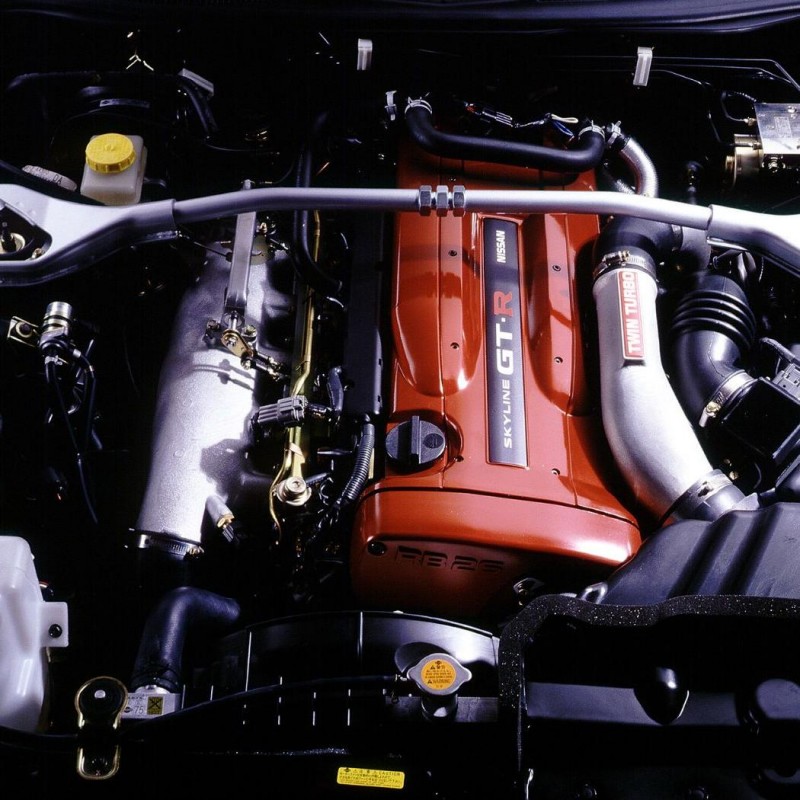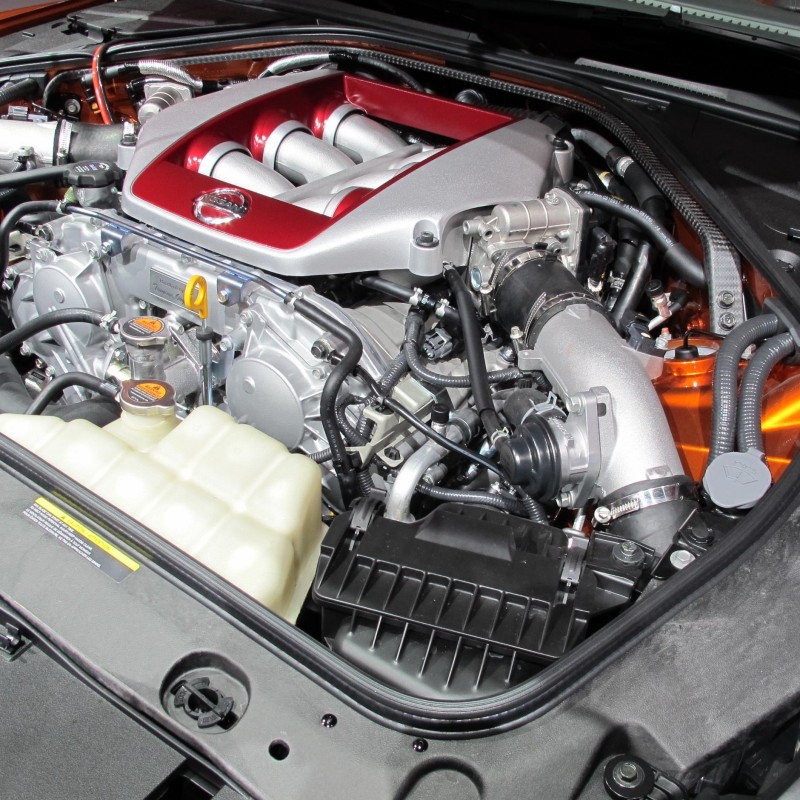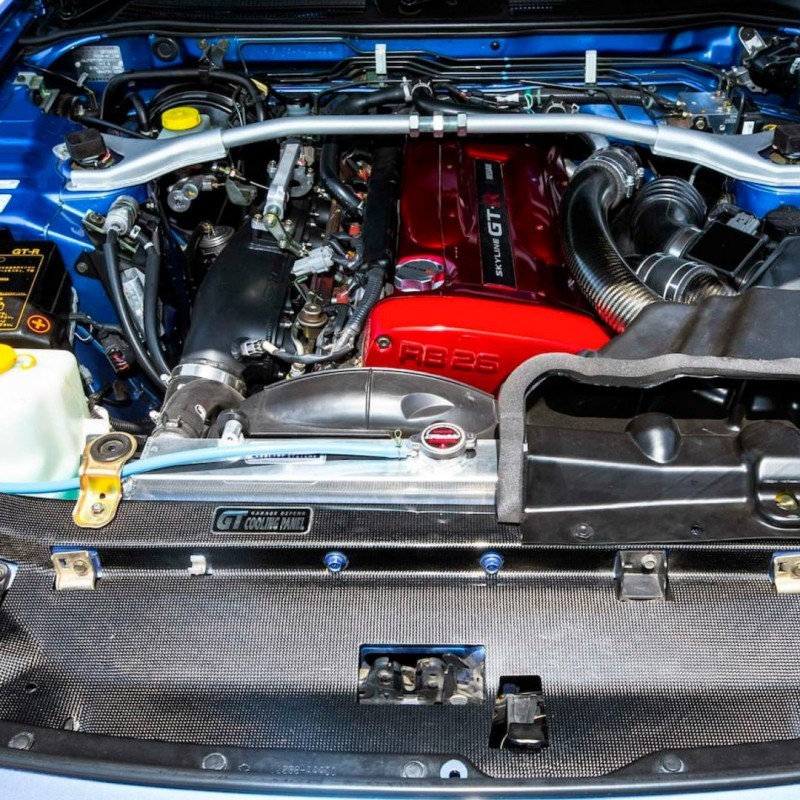Cleaning the engine block of a vehicle is a crucial part of automotive maintenance that should not be taken lightly. The engine block is the heart of the engine itself, housing several critical components that work together to ensure optimal performance. Over time, grease, oil, dirt, and other contaminants can build up on the engine block, leading to overheating issues, reduced efficiency, and even mechanical failure. Understanding how to clean engine block effectively not only helps keep your vehicle running smoothly but also extends the lifespan of the engine components.
Whether you’re an automotive enthusiast looking to enhance your car’s performance or simply a diligent owner wanting to maintain your vehicle, learning the steps to clean the engine block is essential. In this comprehensive guide, we will explore the tools and materials needed, the step-by-step cleaning process, and helpful tips to ensure a successful cleaning experience. We will also discuss common issues related to engine block cleanliness and how to prevent future buildup. By the end, you will feel confident in your ability to clean your engine block and maintain your engine’s health.
Understanding the Engine Block and Its Importance
Before diving into how to clean engine block, it’s essential to understand its structure and functionality. The engine block is a core component of an internal combustion engine, serving several key roles:
1. Structure
The engine block is typically made of cast iron or aluminum. It contains the cylinders where the fuel-air mixture is ignited, leading to the combustion process. The block houses the pistons, crankshaft, and other vital components.
2. Cooling System Housing
The engine block incorporates water jackets that circulate coolant to regulate the engine temperature and prevent overheating. Proper maintenance of the block is vital for efficient cooling.
3. Integration of Components
Various components like the cylinder head, oil pan, and timing cover connect to the engine block. Each plays a role in the engine’s performance, making the cleanliness of the block critical.
4. Power Generation
The efficiency of the engine block directly influences the power output of the vehicle. A clean block ensures optimal combustion and air flow, improving overall performance.
Recognizing the importance of maintaining a clean engine block allows you to appreciate why regular cleaning is essential for vehicle health.
Tools and Materials Needed for Cleaning the Engine Block
When it comes to cleaning the engine block, having the right tools and materials is crucial for a successful cleaning job. Here’s a list of what you will need:
1. Basic Hand Tools
- Socket set and wrenches: Essential for removing any components that may obstruct cleaning access.
- Screwdrivers: Flathead and Phillips head screwdrivers for various fixtures.
2. Cleaning Supplies
- Engine degreaser: A heavy-duty degreaser designed to break down oil and grime.
- Wire brushes: Useful for scrubbing and removing stubborn contaminants from surfaces.
- Scraper tools: Plastic or metal scrapers are helpful for removing old gasket material or heavy deposits.
3. Protective Equipment
- Safety goggles and gloves: Protect your eyes and hands from harsh chemicals and debris during cleaning.
4. Buckets and Rags
- Buckets: For mixing cleaning solutions or collecting rinsed debris.
- Microfiber or absorbent rags: Ideal for wiping down surfaces and absorbing liquids.
5. Pressure Washer or Hose
If available, a pressure washer can make the cleaning process more effective, but if not, a standard hose will suffice for rinsing.
With these tools and materials ready, you can approach the task of cleaning the engine block effectively and safely.
Step-by-Step Guide on How to Clean Engine Block
Cleaning the engine block can be a meticulous task, but following these steps will help you ensure a thorough job. Here’s a detailed guide to cleaning your engine block:
1: Prepare Your Workspace
- Choose a Well-Ventilated Area: Ensure your workspace is well-ventilated to avoid inhaling fumes from cleaning chemicals.
- Gather Your Supplies: Have everything organized and within reach to streamline the cleaning process.
2: Safety First
- Wear Protective Gear: Put on safety goggles and gloves to protect yourself while handling degreasers and working near the engine.

3: Remove Engine Covers and Accessories
- Disassemble Necessary Parts: Depending on your engine design, you may need to remove components like the intake manifold, valve covers, or accessory belts to access the engine block fully.
- Keep Track of Parts: Use small containers to store screws and bolts to prevent losing them during reassembly.
4: Inspect the Engine Block
- Check for Damage: Before cleaning, look for cracks, leaks, or signs of wear. If serious issues are present, consult a professional mechanic.
5: Apply Engine Degreaser
- Spray Generously: Apply the degreaser to the engine block, heavily coating areas with significant grime. Let it sit for the recommended time noted on the product label.
- Follow Instructions: Adhere to all safety precautions and instructions provided by the manufacturer of the degreaser.
6: Scrub Away Grime
- Use a Wire Brush or Sponge: After allowing the degreaser to take effect, scrub the surface thoroughly. Pay special attention to crevices where dirt accumulates.
- Be Gentle: Avoid damaging any surface finishes while scrubbing; focus on removing loose debris.
7: Rinse Thoroughly
- Using a Hose or Pressure Washer: Rinse off the degreaser thoroughly and remove loosened grime. Ensure all residue is cleared from the block for optimal cleanliness.
8: Dry the Engine Block
- Wipe Down Surfaces: Use rags to dry off the engine block, removing excess moisture. This will prevent water spots and corrosion.
- Allow Extra Drying Time: Allow the engine to air dry completely before reassembling any parts.
9: Reassemble and Check Fluid Levels
- Replace Any Removed Components: Carefully reattach any parts you took off, such as covers or manifolds.
- Check Fluid Levels: Ensure all fluids, including oil and coolant, are at appropriate levels before starting the engine.
10: Test the Engine
- Start Your Vehicle: After everything is reassembled, turn on the engine and monitor for any leaks. Listen for odd noises that may signal an installation error.
Following these steps will help you clean your engine block effectively, promoting better performance and longevity.
Signs That Your Engine Block Needs Cleaning
Recognizing when your engine block requires cleaning can prevent long-term damage and ensure optimal performance. Here are some signs to watch for:
1. Decreased Performance
If you notice a sudden drop in performance while driving, it could stem from accumulated dirt or deposits within the engine block. Regular cleaning can help maintain consistent performance.
2. Overheating
If the engine regularly runs hot, this could indicate a clogged cooling system due to grime buildup. Cleaning can aid in allowing the cooling system to function correctly, dissipating heat effectively.
3. Oil Leaks
Visible oil leaks can indicate the need for cleaning. Contamination can lead to significant issues such as reduced lubrication and increased friction. Cleaning the engine block can uncover the source of these leaks.
4. Smoke from Exhaust
If your vehicle emits smoke from the exhaust, it could indicate burning oil or coolant leaking into the engine. Regularly cleaning your engine block can help diagnose these serious issues sooner.
5. Visible Grime Accumulation
If dirt and debris are visibly evident on the engine block, it’s a clear sign that cleaning is required. Accumulated grime can trap heat and hinder performance.
Staying alert to these signs allows you to take action promptly, ensuring that your engine remains clean and fully operational.
Common Mistakes to Avoid When Cleaning Your Engine Block
While cleaning your engine block, certain common mistakes can lead to inefficiencies or damage. Here’s a list of pitfalls to avoid:
1. Using the Wrong Cleaners
Avoid household cleaners or harsh chemicals that can damage engine parts. Use only a degreaser designed for engines to ensure safety.
2. Neglecting to Disconnect the Battery
Always disconnect your vehicle’s battery before cleaning to avoid electrical shorts or damage to sensitive components during the process.
3. Ignoring Manufacturer Recommendations
Neglecting to follow guidelines specific to your vehicle model can lead to complications. Always refer to your owner’s manual for advice on cleaning and recommended products.
4. Overlooking Safety
Failing to wear protective gear can expose you to harmful chemicals and debris. Always prioritize safety by using gloves, goggles, and masks as necessary.
5. Rushing Through the Process
Taking shortcuts can lead to incomplete cleaning. Make sure to allow products to sit for the recommended time and properly scrub and rinse the engine block.
6. Forgetting to Test After Cleaning
Failing to test the engine after cleaning can result in missing potential issues. Always start the engine and check for leaks or odd noises to ensure everything is functioning correctly.
By avoiding these mistakes, you can ensure a more successful and safer cleaning experience.
Conclusion
In conclusion, understanding how to clean engine block properly and knowing how often it should be done are crucial for maintaining your vehicle’s health. Regular cleaning helps ensure optimal performance and prevents unnecessary wear on critical components. Throughout this comprehensive guide, we’ve explored the importance of engine cleaning, the signs indicating when it’s necessary, common methods, tools, and best practices for effective cleaning.
With the knowledge provided, you can confidently approach engine block maintenance as a vehicle owner. Prioritizing regular inspections, prompt action on warning signs, and adhering to proper cleaning techniques will keep your engine performing at its best for years to come. By making engine care a vital part of your routine, you’ll enhance the driving experience while ensuring your vehicle remains reliable and efficient.
Armed with this information, you’re now prepared to tackle cleaning and maintaining your engine block like a pro.


